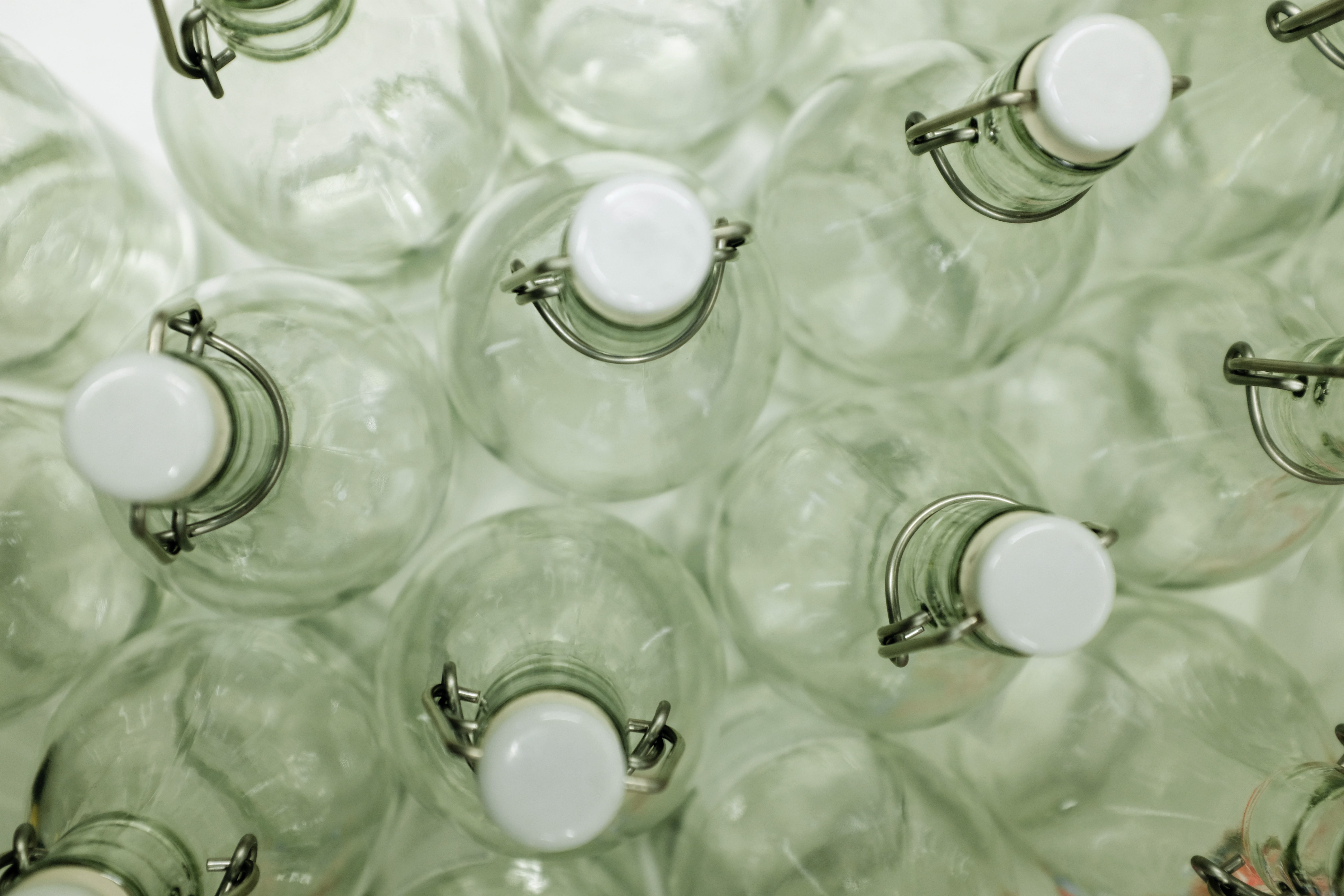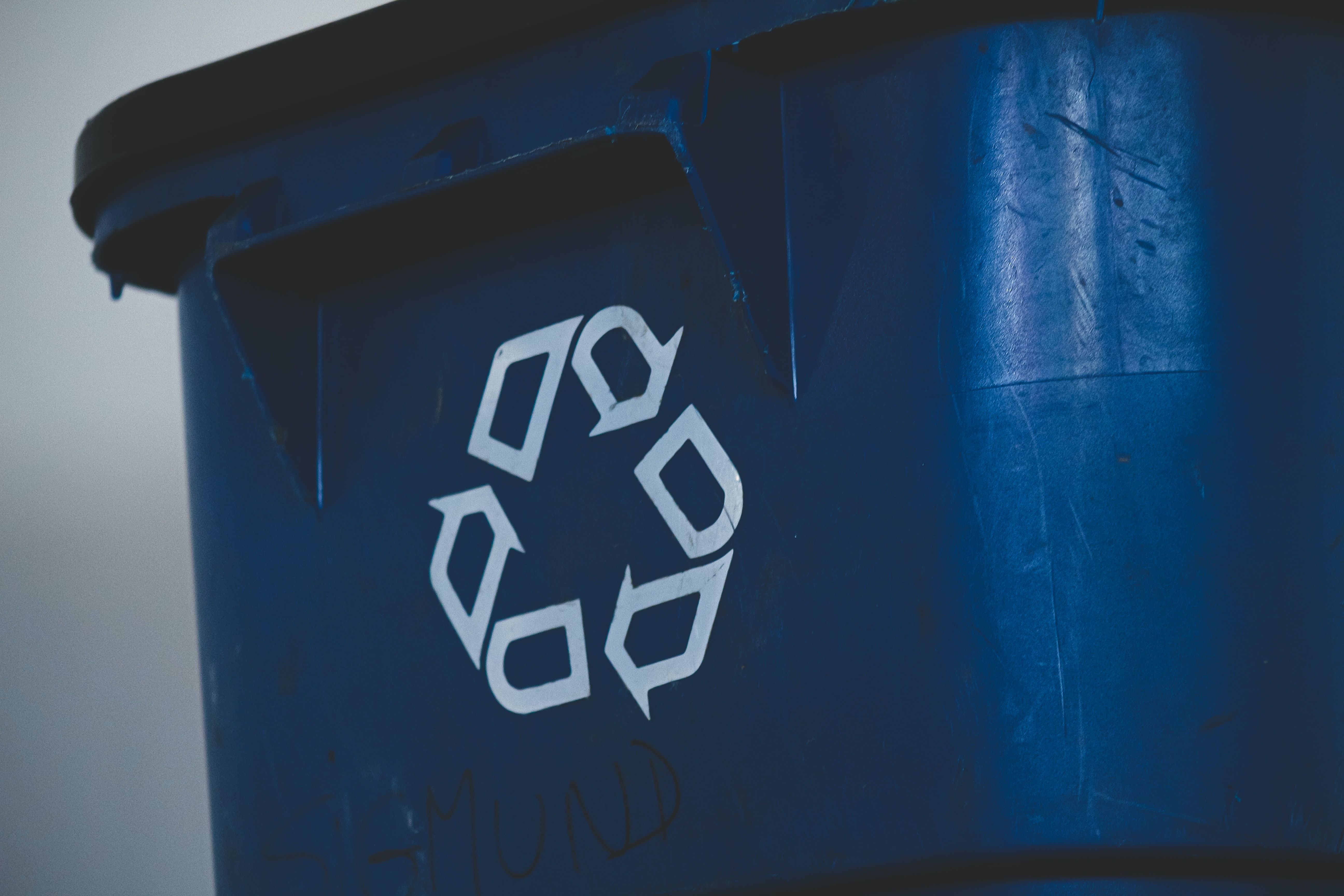 Home > News
Home > NewsDid you know that glass bottles are 100% recyclable, meaning that they can be recycled again and again without losing any quality or purity? And 90% of recycled glass is used to make new containers. Recycled glass is also used for kitchen tiles, parking lots, insulation, and beads. As consumers, we use glass containers for food, perfume, drinks, and more. It is likely that some of those containers have recycled glass in them.
Time for some more glass terminology! Today's vocabulary word is used with recycled glass. The word is cullet. Cullet is broken glass that is melted and added to raw material to make new glass. When making glass, manufacturers mix soda ash, limestone, sand, and cullet. This mixture is heated it up to between 2600 and 2800 degrees Fahrenheit. Then it is shaped it into new containers. Cullet is very useful to glass manufacturers for several reasons. First, because it has a lower melting point than regular glass, the furnaces don't have to work as hard. Second, the cost of cullet is lower than that of raw materials. And third, the energy reductions result in fewer greenhouse emissions. So recycled glass makes products cheaper, more energy efficient, and more environmentally friendly than manufacturing glass containers using all raw materials.

Glass is often recycled using curbside pickup or collection facilities. Some glass recycling collection locations have separate sorting bins for clear, amber, and green glass. This is because glass often retains its color through the recycling process. Other facilities use optical scanners to determine the color of the containers and then sort the recycled glass.

While recycling glass is a good practice, there are some glass items that cannot be recycled. These include mirrors, windows, dinner plates, canning jars, Pyrex, and crystal. If these items are mixed into the glass container recycling process, then the viscosity of the liquid glass changes. This can cause defective containers. So if you break one of these items, either find a way to repurpose it or toss it into the regular garbage can.
Now that you know a bit more about recycled glass, you might look at your glass containers with a bit more respect. Who knows how long that glass has been in circulation, or how many containers it has been remade into? Perhaps some of the glass containers at Container & Packaging Supply are made with recycled glass that is older than you are! Keep up the life cycle and send your glass jars back to be recycled again (and again and again!).